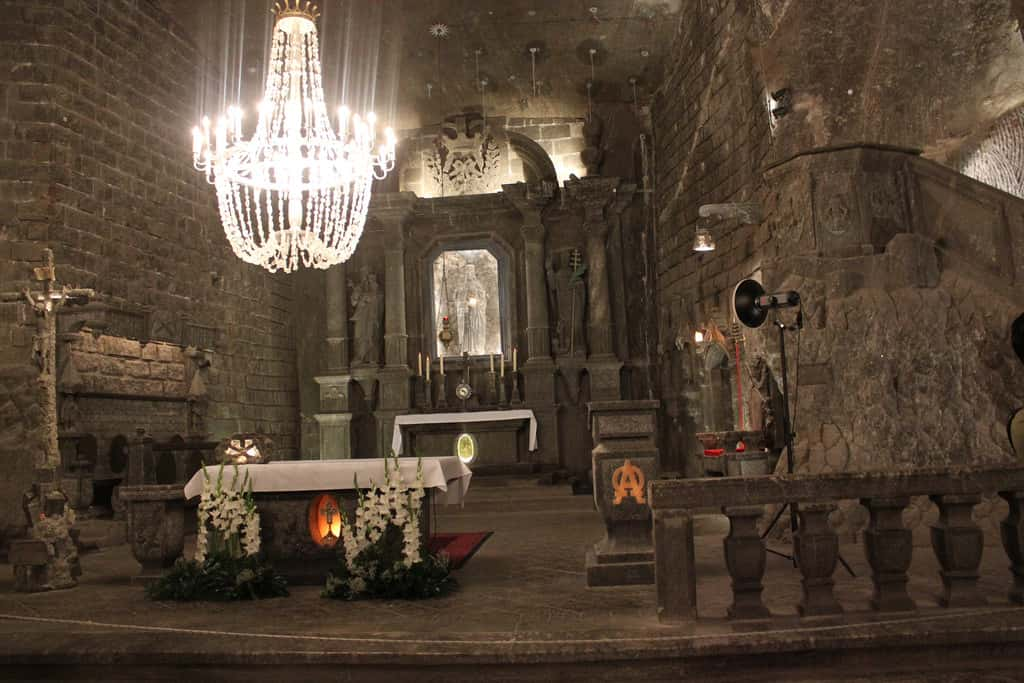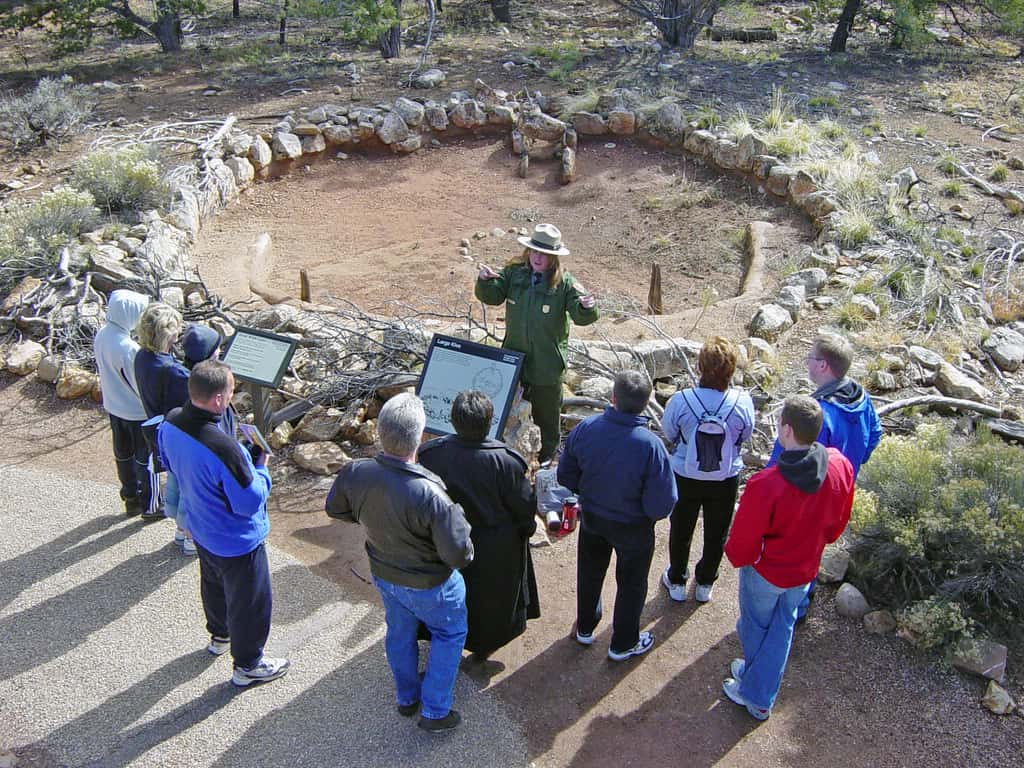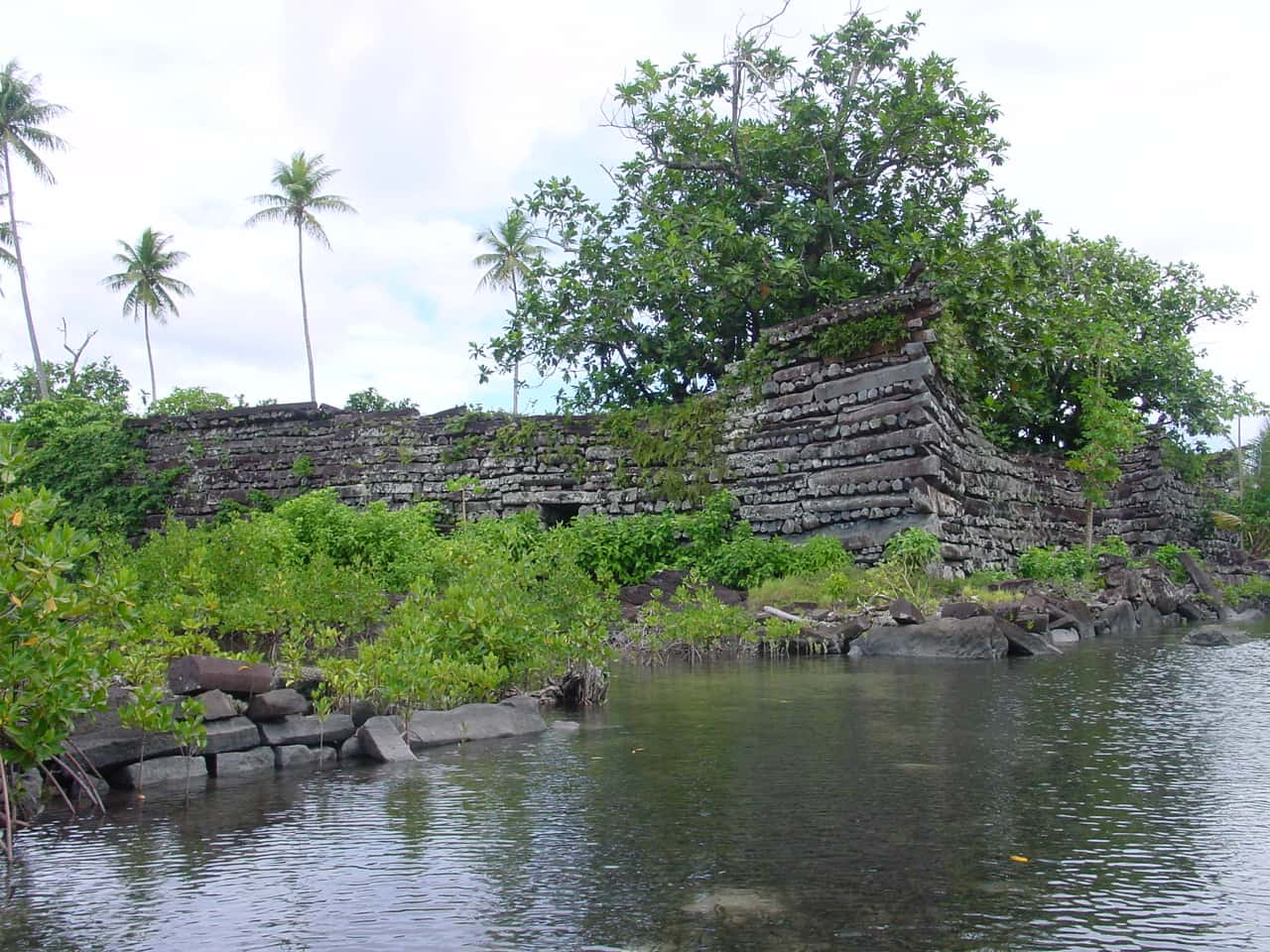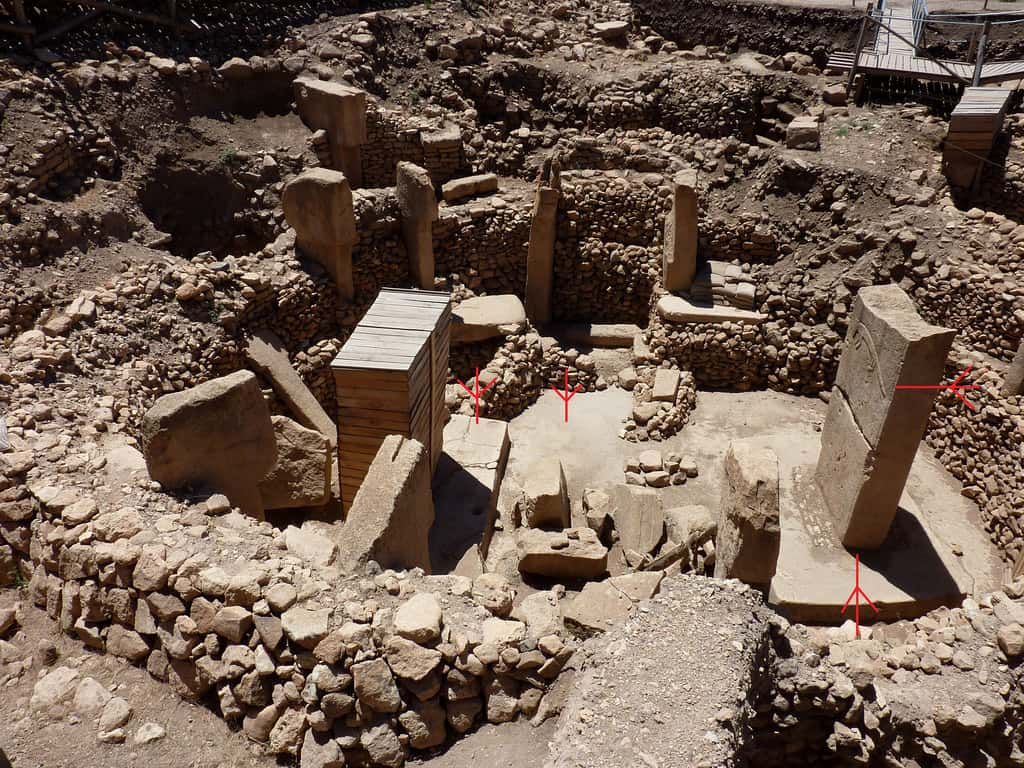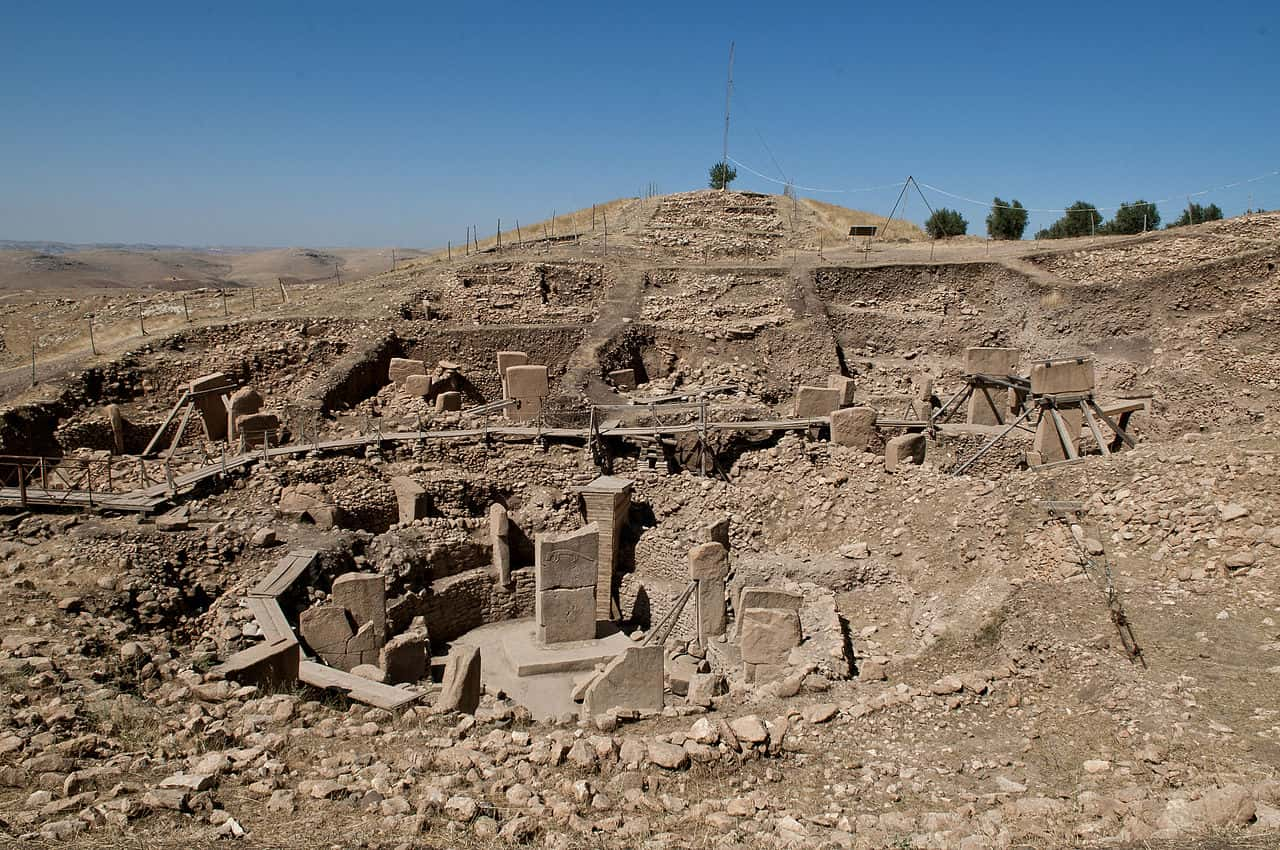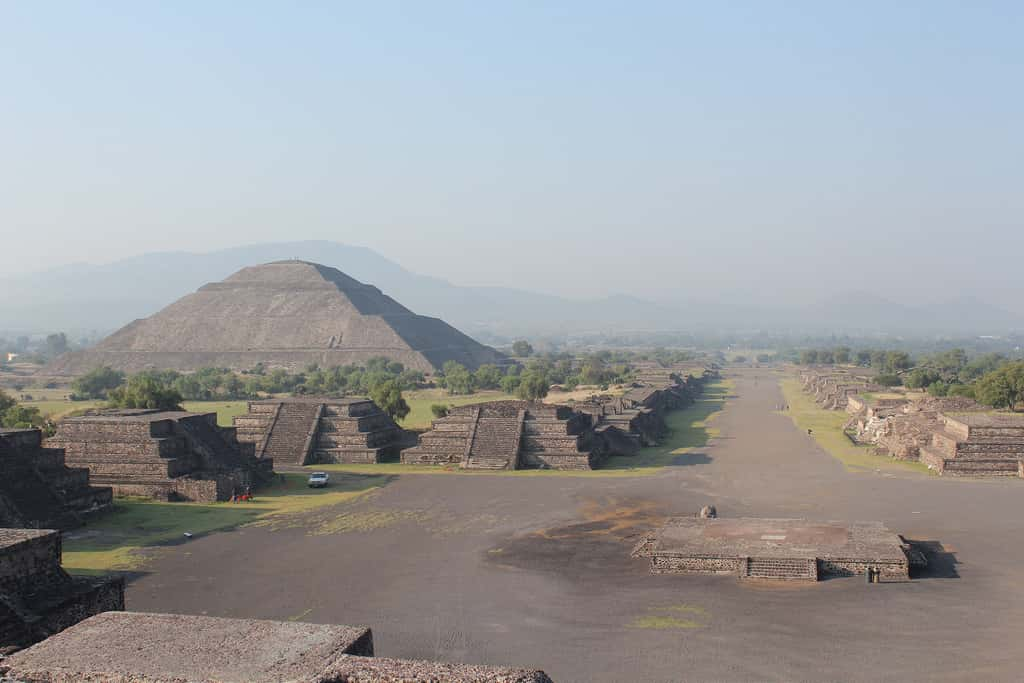Like the world’s modern inhabitants, ancient humans tended to gather into large groups. They built cities to live and work in, much like we do today. But when those cities perished, so did their citizens, taking with them almost every trace of their culture and lifestyle. Who knows what once-great civilization existed just below our modern metropolises? We may be standing on the shoulders of giants—and, if some legends are believed, that phrase might be shockingly literal. Here are 42 facts about mysterious ancient cities.
42. Another Day at The Salt Mines
We’re not sure how salt mines became the go-to metaphor for a dull, tedious job, but clearly the medieval salt miners of Poland didn’t feel that way. They spent their downtime decorating the salt mines with elaborate friezes and sculptures. Their idle carving and sculpting eventually evolved into the construction of a full-blown cathedral, hundreds of miles below what is now the city of Krakow.
41. Lots of Time
To carve an entire cathedral—complete with chandeliers and a life-size replica of “The Last Supper”—must have taken up a lot of lunch breaks. Luckily, the Wieliczka Salt Mine was in continuous operation from the 13th century until 2007.
40. The Bunker
The subterranean French city of Naours was built to provide refuge from invasion and enemy attack. The city’s 300 rooms, connected by 200 miles of tunnels, provided ample hiding space for besieged medieval villagers. The city lay forgotten for hundreds of years before reprising its military role during the First World War, when Allied soldiers recovered there following the Battle of the Somme.
39. Up on the Rooftop
Not much is known about the people who built the ancient Turkish city of Ҫatalhöyuk, but their unique approach to architecture has captured the attention—and imaginations—of archaeologists since the city’s first excavation in 1958. Houses in Ҫatalhöyuk were built in a cluster, with each home sharing its walls with many others. The 10,000 citizens of Ҫatalhöyuk walked across the city’s rooftops, and visited each other through small passages cut into the roofs.
38. Going Underground
Not far from Ҫatalhöyuk lies the underground city of Derinkuyu, whose citizens seem to be the antithesis of those in Ҫatalhöyuk. Where Ҫatalhöyuk’s citizens never set foot on the ground, the citizens of Derinkuyu need never rise above it—Derinkuyu operated eight levels below the surface, with shops, houses, and even stables and wineries.
 Wikimedia Commons Nevit Dilmen
Wikimedia Commons Nevit Dilmen
37. Traded
Derinkuyu was initially built by the Phrygians, but was expanded by Cappadocian Greeks who used the city to evade attacks by invading Mongol and Arab armies. The citizens of Derinkuyu continued to use the site in times of crisis all the way into ‘20s, when they were expelled as part of the Greek-Turkish population exchange.
36. The Underground Province
Derinkuyu connects to another underground city, Kaymakli, via a five-mile tunnel. In fact, Nevşehir Province, where both Derinkuyu and Kaymakli lie, is something of a hotspot for underground cities. There are more than 200 in this region of Turkey, made possible by the area’s soft volcanic rock.
35. Gotta Catch ’Em All
The Yonaguni Monument, 60 miles off the coast of Taiwan, has been the subject of debate, with some scientists claiming the mysterious stone steps and altars formed naturally, and others suggesting they could be the remains of an ancient city. While people may not have ever set foot on Yonaguni, the site has been known to host its share of Pikachus and Blastoises: the Abyssal Ruins, featured in Pokemon Black and Pokemon White, are based on Yonaguni.
34. An A-Maze-Ing Tale
Egypt, it shouldn’t surprise you, is home to all sorts of mysterious ancient sites, but perhaps the most intriguing is the labyrinth which unwinds beneath Hawara. Modern scholars have yet to find the ancient maze but mentions of the Labyrinth of Egypt appear in the writings of Pliny, Herodotus, and Diodorus.

History's most fascinating stories and darkest secrets, delivered to your inbox daily.
33. Big Secret
Writing more than 1,300 years after the labyrinth’s supposed construction, Herodotus claimed the labyrinth contained more than 3,000 rooms (half of them underground), and six separate courtyards. If true, the labyrinth would have been larger than the temples at Karnak and Luxor combined.
 Wikimedia Commons Toni Pecoraro
Wikimedia Commons Toni Pecoraro
32. A Dead End
In 2008, a team of archaeologists scanned the ground near Hawara. What they found was astonishing: walls, several meters thick, joined together and forming several closed-off rooms. Could this be the ancient labyrinth? We might never know, as Egyptian authorities immediately halted further exploration.
 Wikimedia Commons Muhammad Zahir
Wikimedia Commons Muhammad Zahir
31. A Grand Discovery
Every year millions of people flock to the Grand Canyon. An even more impressive site might lurk just below the canyon’s floor. In 1909, the Arizona Gazette announced that the ruins of an ancient city had been found by explorer GE Kinkaid.
30. Unbelievable
News of Kinkaid’s discovery disappeared as suddenly as it was announced, and most modern scholars consider it a hoax. Among Kinkaid’s more dubious discoveries at the Grand Canyon site were tablets bearing hieroglyphics and tombs filled with Egyptian-style mummies.
29. Don’t Look at Us!
Kinkaid claimed to be working with the prestigious Smithsonian Institute. If true, that would lend his discovery much more credibility. Alas, the Smithsonian denied, and continues to deny, any involvement.
28. Know-How
Archaeologists haven’t figured out just how the ancient Pohnpeians built Nan Madol, a massive stone city linked by canals and spread over nearly a hundred tiny islets in Micronesia. Modern Pohnpeians have one solution, however. According to legend, Nan Madol was built by two wizards, who came over the sea in a canoe and built the city with the help of a giant dragon.
27. Do You Have a Better Idea?
The Pohnpeian legend might sound far-fetched, but it’s still our best guess as to how Nan Madol was built. Otherwise, the Pohnpeians would have to move the city’s giant stone blocks at a rate of 2,000 tonnes a year for 400 years, without the use of pulleys.
26. Giant Coincidence
The mythic origins of Nan Madol sound spookily similar to those of another site half a world away. Ggantija, “the Giantess’s Tower,” is a massive stone structure in Malta. Like Nan Madol, it was built before metal tools and wheels and pulleys existed in the local culture. And like Nan Madol, Ggantija is said to have been built by a mythic creature, a giantess named Sasuna, who carried Ggantija’s massive stone pillars on her head.
25. I Come Bearing an Explanation
Excavation of Ggantija, however, has presented a better real-world explanation than anything found at Nan Madol. While the ancient Maltans didn’t have the wheel, they did have the sphere. Archaeologists have found perfectly round pebbles—much like modern ball bearings—which might have helped to move the stones of Ggantija.
24. Prehistoric Pilgrimage
First discovered in modern-day Turkey in 1963, serious excavation on Gӧbekli Tepe did not begin until 1996. The site, which predates Stonehenge by more than 6,000 years, is believed to have been a religious epicenter for worshippers from as far as 100 miles away in all directions.
23. The Seeds of Civilization
Gӧbekli Tepe would have been a site of ritual importance for people who had yet to invent the wheel, writing, or agriculture. In fact, some have suggested humans harvested wheat for the very first time at Gӧbekli Tepe.
22. Old Time Religion
If Gӧbekli Tepe was indeed an ancient religious site, that begs the question: what did those ancient pilgrims worship? Carvings of lions, deer, snakes, and scorpions all point to animal worship, but the real answer may be downright scary. Human skulls, each marked with ritualistic incisions, have also been found at the site.
21. No Tools Required
But what is most surprising about Gӧbekli Tepe? Despite its massive stone walls and pillars—some weighing as much as 50 tonnes—no stone-cutting tools have ever been found near the site.
20. No Escape
Taklamakan is a vast, unforgiving desert in China’s northwest corner. Its name, in the Uighir language, means “You can go into it, but you can’t come out.” With a floor of sand 1,000 feet deep, and a yearly precipitation of just 0.4 inches (most of it snow), Taklamakan appears to be an impossible place to build a city. But such a city lies beneath the deep sands of Taklamakan.
 Wikimedia Commons Hiroki Ogawa
Wikimedia Commons Hiroki Ogawa
19. Beneath a Thousand Feet of Sand
Trade routes passed around the Taklamakan desert for centuries, but beginning in the 19th century, explorers began to find evidence of houses buried beneath the sand. By 1914, archaeologists Sven Hedin and Aurel Stein had found houses, clothing, tools, and fragments of texts which led them to believe that the Taklamakan was the site of the city of Loulan, capital of the short-lived Loulan Kingdom.
18. All Dried Up
Described in the Book of Han as “weak and easy to destroy,” the Loulan Kingdom faced a series of sieges and political subjugations before the arid climate finally forced the Loulan people to abandon the kingdom in the 5th century CE.
17. Strangers
Further exploration of the Taklamakan site in the ‘80s turned up bodies which had been mummified by the dry desert air. Several of these mummies bore some surprising characteristics, including blond-red hair and European facial features. Their presence at Taklamakan suggests that Loulan was a cultural crossroads, and may have played a more pivotal role in the global community than anyone had previously suspected.
16. A Big Misunderstanding
The climate of Taklamakan punishes those who try to cross the desert. And the meaning of its name, “You can go into it, but you can’t come out” provides ample warning to any adventurer who would try. But what if the name Taklamakan isn’t meant to be ominous at all? Archaeologists have long assumed the name comes from the Persian “Tark makan”—“a place to abandon.” But the Turkish language also has a phrase, “Taqlar makan.” Those words mean “Place of Ruins,” an interpretation that lends further credence to the idea that Taklamakan was once home to an ancient oasis.
15. Ruins and Racism
The ruins of Great Zimbabwe give evidence of a mighty ancient empire, whose wealth and influence spread as far as China. One would think any modern country would be proud to inherit such a legacy. Not so with the Rhodesian government which ruled Zimbabwe through the 20th century. The white Rhodesian government restricted archaeological work on the site and suppressed any evidence that such a worthy empire was ever built by native Africans.
 Wikimedia Commons Simonchihanga
Wikimedia Commons Simonchihanga
14. Worth Its Weight in Gold
The city of Great Zimbabwe was likely built by the Gokomere in the 4th century CE, and survived into the 16th century. Artifacts found at the site point to a diverse economy—there are tools for working copper, ivory, and iron, as well as pottery and textiles, and proof of very large herds of cattle—but Zimbabwe’s great wealth was built on gold. More than 20 million ounces of the stuff could have been mined from the area during the empire’s reign.
13. Important Importers
Also found at the site were shards of Chinese pottery, coins from Arabia, and glass beads of unknown origin. All of these suggest that Great Zimbabwe was part of a highly developed, international trade network.
12. Something to Write Home About
Letters from Portuguese traders tell us what became of the once-mighty empire. João de Barros, writing in 1538, recounts a visit to Great Zimbabwe, remarking that the country is an ancient, formerly successful one, built on gold, which they have not mined for many years because of constant wars. But perhaps de Barros’ words should be taken with a grain of salt: he also believed the massive stone houses of Great Zimbabwe to be “the work of the devil.”
 Pixabay
Pixabay
11. Credit Where Credit Is Due
European attempts to build a history of Great Zimbabwe fell to great political pressure. At various times, the ruins were ascribed to the Egyptians, the Phoenicians, Arabic peoples, and even the biblical King Solomon—anyone, it seems, but the native Zimbabweans themselves. It wasn’t until 1929, after findings by Gertrude Caton-Thompson, that arguments that the site was built by Zimbabweans began to gain support.
 Wikimedia Commons Fanny Schertzer
Wikimedia Commons Fanny Schertzer
10. Fly-Over State
Another site mentioned by Herodotus, Heracleion, was said to have collapsed into the sea. The ancient Egyptian port was thought to be just another myth until 1933, when a British air force pilot spotted the undersea ruins near Abu Qir.
 Wikimedia Commons ChrisOsenbrück
Wikimedia Commons ChrisOsenbrück
9. Slow and Steady
Though the ruins of Heracleion were first spotted in the ‘30s, it wasn’t until 1999 that archaeologists precisely located the city and began exploring. To date, they’ve visited less than 5% of the Heracleion site, but findings have been surprising. In addition to coins and tools, statues of the usual Egyptian gods, are several statues of an Egyptian pharaoh no one seems to recognize.
8. Cheaters Never Prosper
Heracleion figures prominently in the story of the Trojan War. Paris and Helen were said to have stopped there on their way to Troy, after absconding from Greece. The two lovers, however, were turned away by the city guard, who feared the wrath of Helen’s husband, Menelaus.
7. Celebrity Sighting
According to Herodotus, Heracleion was so named because it was the first Egyptian city visited by Hercules (or Heracles).
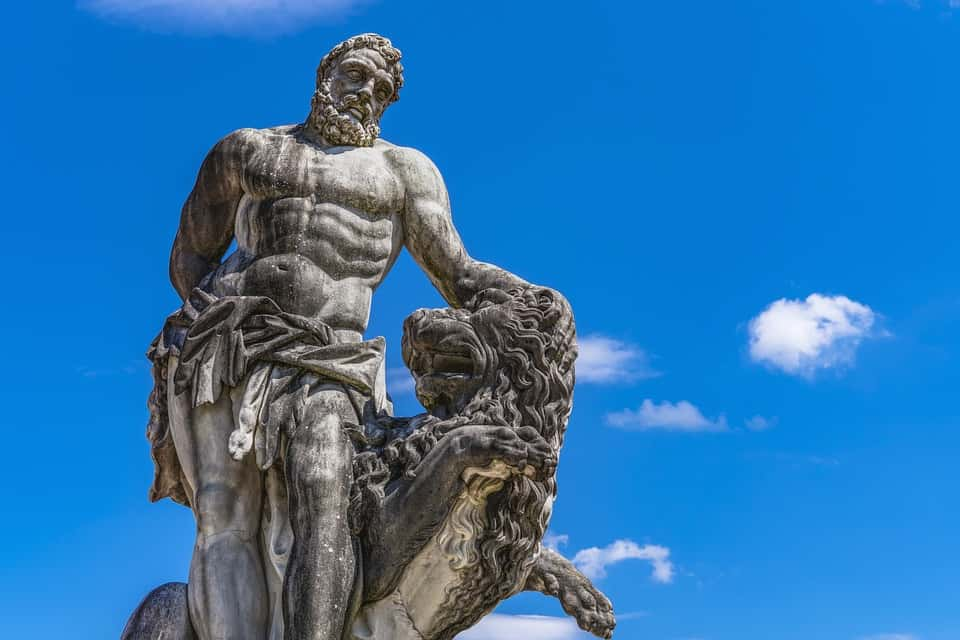 Pixabay
Pixabay
6. The Mesoamerican Metropolis
Teotihuacan, a 32-square-mile city near modern-day Mexico City, predates the Aztec period by more than a millennium. At one point, Teotihuacan had a population of over 125,000 people, which would’ve made it one of the largest cities in the world.
5. Rooms for Rent
To house its hundred thousand citizens, Teotihuacan depended on a “modern” solution. The city is ringed by apartment complexes, tall multi-dwelling buildings which would have housed several families.
4. Advanced Planning
Teotihuacan is notable for its advanced, mathematically precise architecture. At its center sits the Pyramid of the Sun, the third largest pyramid in the world. Together with the Temple of the Moon and the Temple of Quetzalcoatl, the Pyramid of the Sun forms a row of buildings which aligns exactly with Orion’s Belt. Aerial observers have noticed a similarity between Teotihuacan and a more modern image: with the Pyramid of the Sun and the Temple of the Moon serving as large microchips, Teotihuacan bears an uncanny resemblance to a circuit board.
3. Whatchamacallit
The name Teotihuacan comes from the Aztecs; it means “the Birthplace of the Gods.” The city seems to hold special significance for the Aztecs, who based their creation myths in the city. Mayans called the city the less-impressive “Place of the Reeds.” To this day no one knows what citizens of Teotihuacan called their hometown.
2. Ghost Town
What became of the people of Teotihuacan? No one knows. The city was an important political and industrial center in Mesoamerica, and its architectural style had a major cultural impact on both the Mayan and Aztec cultures. Despite a conspicuous absence of citadels or fortifications, there is no evidence the city was ever attacked by foreign armies. Rather, the city’s collapse seems to have come from the inside.
1. The Revolution
Teotihuacan faced several years of famine and population decline; juvenile skeletons show signs of severe malnutrition. Archaeologists have noticed that Teotihuacan’s most damaged buildings tend to be large, single-family dwellings and palaces. Could Teotihuacan’s working class have risen up against an ancient 1%? It could’ve happened, but the question remains—where did they go from there?
Sources: 1, 2, 3, 4, 5, 6, 7, 8, 9, 10, 11, 12, 13, 14, 15, 16, 17



